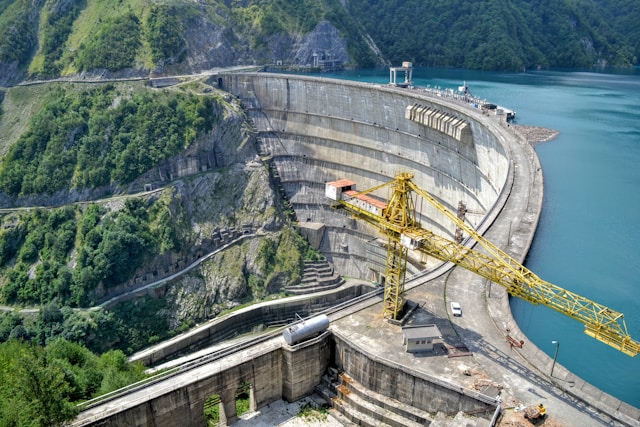More than half of Chinese rivers have “disappeared” since 1990s
By Emily Ford / The Times
About 28,000 rivers have disappeared from China’s state maps, an absence seized upon by environmentalists as evidence of the irreversible natural cost of developmental excesses.
More than half of the rivers previously thought to exist in China now appear to be missing, according to the 800,000 surveyors who compiled the first national water census, leaving Beijing fumbling to explain the cause.
Only 22,909 rivers, covering an area of 100 square kilometres were located by surveyors, compared with the more than 50,000 present in the 1990s, a three-year study by the Ministry of Water Resources and the National Bureau of Statistics found.
Officials blame the apparent loss on climate change, arguing that it has caused waterways to vanish, and on mistakes by earlier cartographers. But environmental experts say that the disappearance of the rivers is a real and a direct manifestation of headlong, ill-conceived development, where projects are often imposed or approved without public consultation.
The United Nations considers China one of the 13 countries most affected by water scarcity, as industrial toxins have poisoned historic water sources and were blamed last year for causing the Yangtze to turn an alarming shade of red. This month the carcasses of about 16,000 dead pigs dumped in the river have been pulled from its waters, and 1,000 dead ducks were found dumped this week in the Nanhe River in the southwestern Sichuan province.
Ma Jun, a water expert at the Institute of Public and Environmental Affairs, said that the missing rivers were a cause for “great attention” and underscored the urgent need for a more sustainable mode of development.
“There might be some disparity [in the number of rivers] due to different research methods. However, the disappearance of rivers is the reality. It is really happening in China because of the over-exploitation of river resources,” Mr Ma said. “One of the major reasons is the over-exploitation of the underground water reserves, while environmental destruction is another reason, because desertification of forests has caused a rain shortage in the mountain areas.”
Large hydroelectric projects such as the Three Gorges Dam, which diverted trillions of gallons of water to drier regions, were likely to have played a role, Mr Ma said.
The census charted a decline in water quality, citing the “severe over-exploitation” of underground water reserves by 60 of its biggest cities.
The report came as Li Keqiang, the new premier, gave a speech in which he pledged greater transparency on pollution, which Beijing fears is a potential catalyst for social unrest.
“We must take the steps in advance, rather than hurry to handle these issues when they have caused a disturbance in society,” Mr Li was quoted by state media as saying.
The missing rivers provoked wistful recollections among Chinese internet users, most of whom will have witnessed dizzying urbanisation.
“The rivers I used to play around have disappeared, the only ones left are polluted, we can’t eat the fish in them, they are all bitter,” a person using the name Pippi Shuanger wrote on Weibo, the Chinese version of Twitter.
Despite water shortages, the threat of floods is a problem for much of the Chinese mainland, with two thirds of the population living in flood-prone areas. Flash floods caused by heavy rain claimed the lives of 77 people in Beijing last July.
From The Times: http://www.thetimes.co.uk/tto/environment/article3725724.ece


